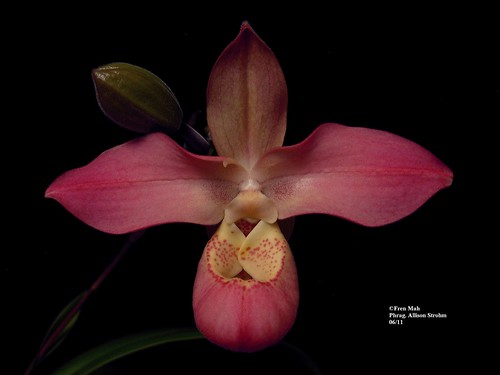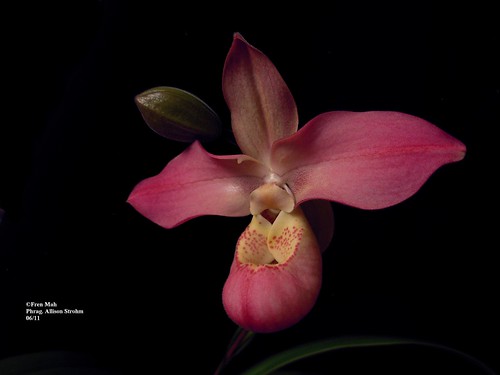smartie2000
Well-Known Member
I haven't been around for a while! I was away on a study trip for six weeks, and I have not been on slipper talk for a total of ~8 weeks. That's 17578 new posts!!!
This plant was in bud when I left Canada, and I thought that I would miss the blooming after so many years of growing from seedling. Luckily it was opening a new bud when I came back.
I know large flowers can be produced without kovachii genes, but these plants tend to be huge! I think kovachii reduced plant size in my plant.
The tooth may confirm that it is a polypoid plant. But the other blooms did not have any teeth. The first bloom, still fresh on the floor when I got back, might have been larger. Its putting out its fourth bud right now, but the hotter weather is making dull coloured flowers. It's a sequential bloomer.


This plant was in bud when I left Canada, and I thought that I would miss the blooming after so many years of growing from seedling. Luckily it was opening a new bud when I came back.
I know large flowers can be produced without kovachii genes, but these plants tend to be huge! I think kovachii reduced plant size in my plant.
The tooth may confirm that it is a polypoid plant. But the other blooms did not have any teeth. The first bloom, still fresh on the floor when I got back, might have been larger. Its putting out its fourth bud right now, but the hotter weather is making dull coloured flowers. It's a sequential bloomer.





